Egyptian Blue Outside Egypt – Blue Pigment Objects in Iron Age Iran
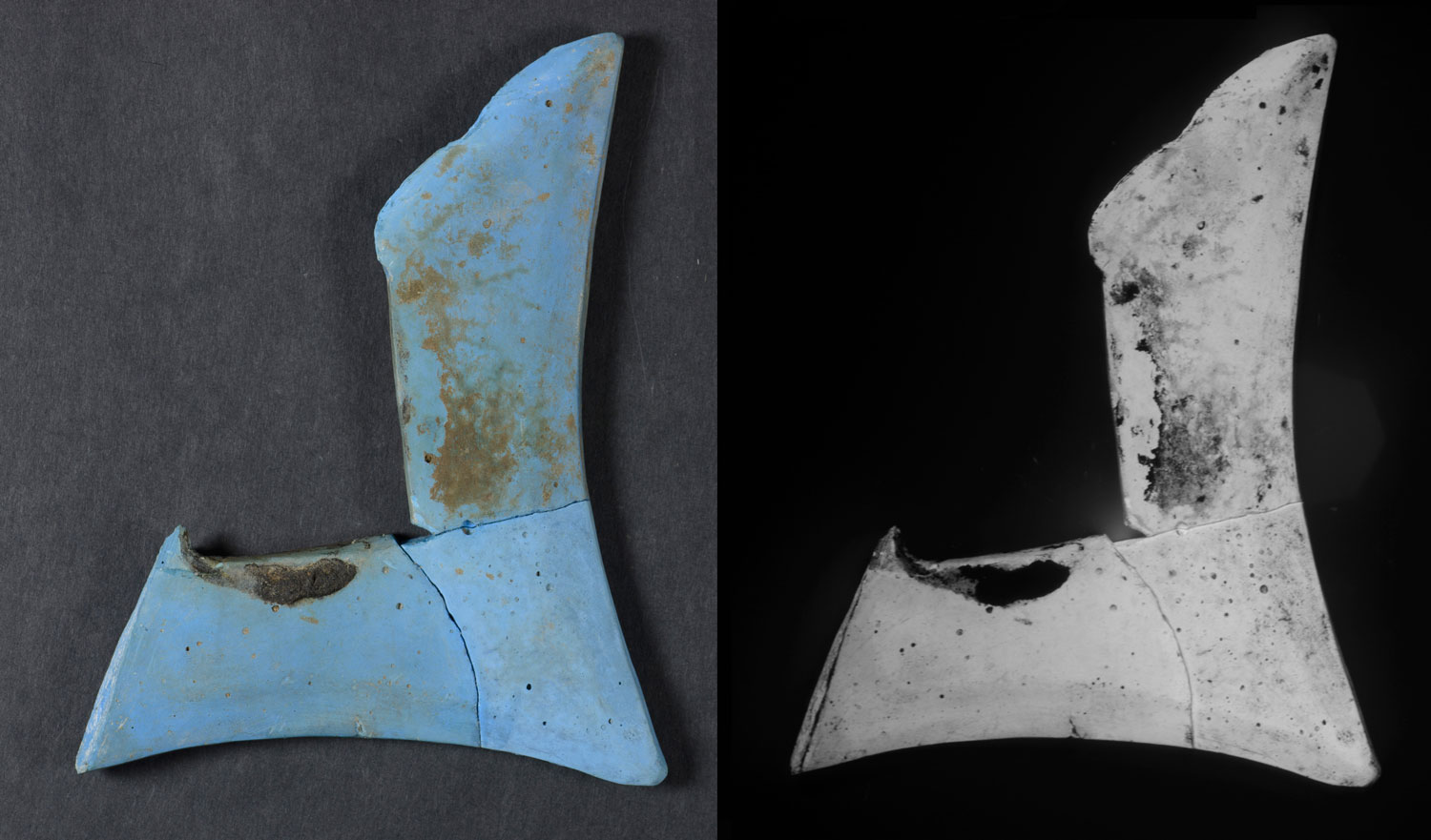
Curatorial Section
Research Discipline
Archaeological Sciences
Dates
2023 - Present
Project Phase
Data Collection/Analysis
Hasanlu Tepe and Dinkha Teppe are situated in the Solduz Valley, just south of the saltwater Lake Urmia in northwestern Iran (West Azerbaijan province). Hasanlu is the largest site in this arable valley, through which the Gadar River runs. This is also the geographic setting for the well-known Neolithic settlement of Hajji Firuz Tepe, also excavated by the Penn Museum.
Egyptian blue (EB) is considered the earliest produced synthetic pigment in the ancient world, prized for its bright and stable cerulean-like hues. Early uses are dated to the late 4th–early 3rd millennium BCE in Egypt. Its use as the base material for small, molded objects, such as beads and vessels, appears to be a later craft practice that gains popularity in the Egyptian and Near Eastern Late Bronze to Iron Ages.
Several hundred small artifacts produced from molded Egyptian blue paste were discovered in the Iron Age II period at Hasanlu, with several more found at nearby Dinkha Tepe. They represent one of the largest collections of EB objects uncovered in the Near East prior to the 8th century BCE. The assemblages include objects such as beads, bowls, jewelry, decorative furniture attachments, and wall tiles. They stand as early indicators of the growing popularity of the color and pigment in the region. Later, Egyptian blue adorns the palace walls of several Neo-Assyrian kings, such as Assurbanipal and Sargon II, gaining further popularity in Persian Achaemenid Iran (550–330 BCE).
The assemblage provides an exceptional opportunity to investigate the cultural and economic significance of Egyptian Blue at the height of Hasanlu’s prosperity. Using methods of multi-modal photography, microstructural and chemical analysis, and isotopic provenancing, the project aims to contribute data on material sources and production technologies to develop a better understanding of the pigment in its Near Eastern context. At the heart of this research, we ask whether EB was synthesized internally or traded into the region– a consequential question for its material value and understanding Hasanlu’s trade relationships in the early Iron Age.
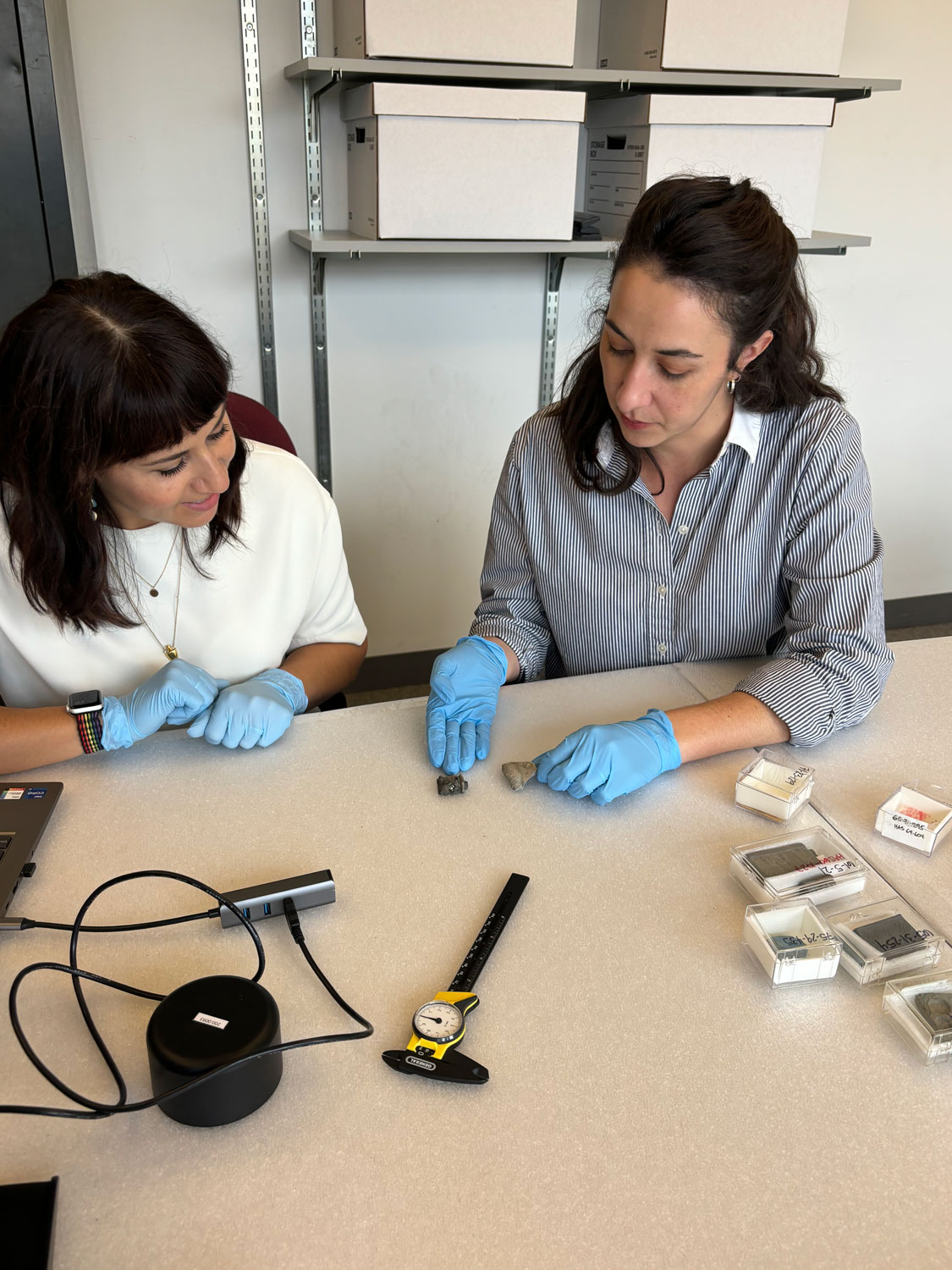
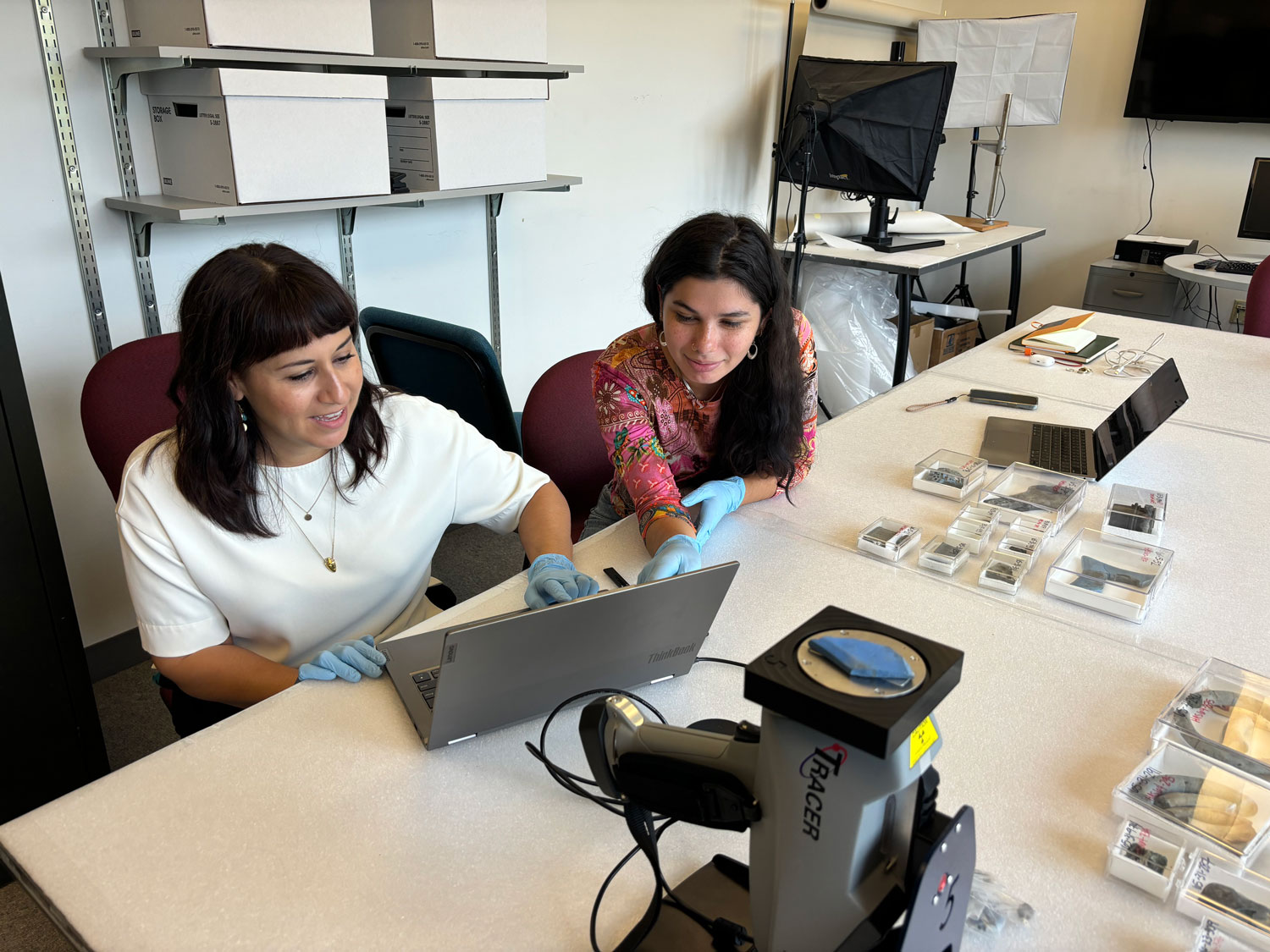
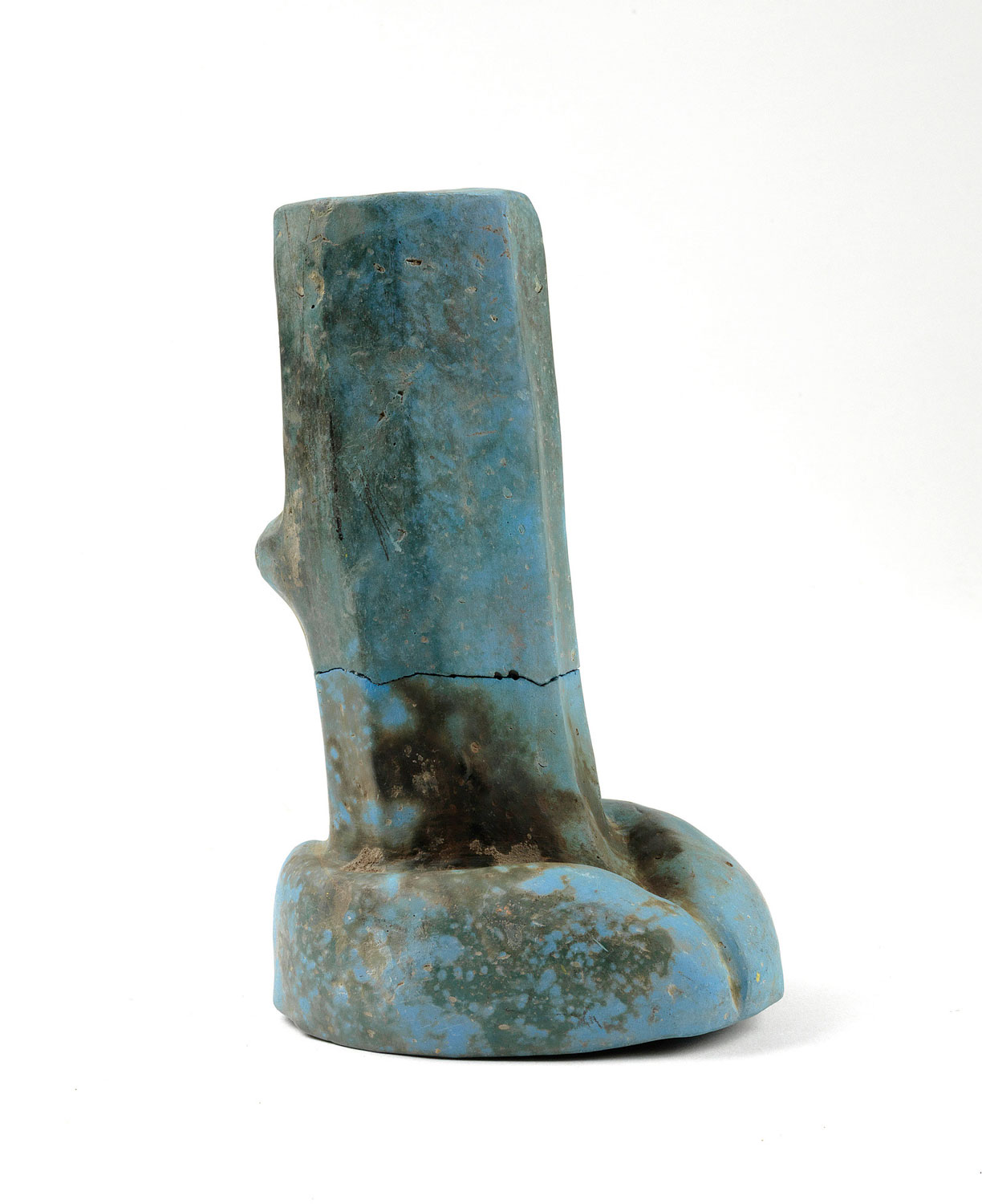
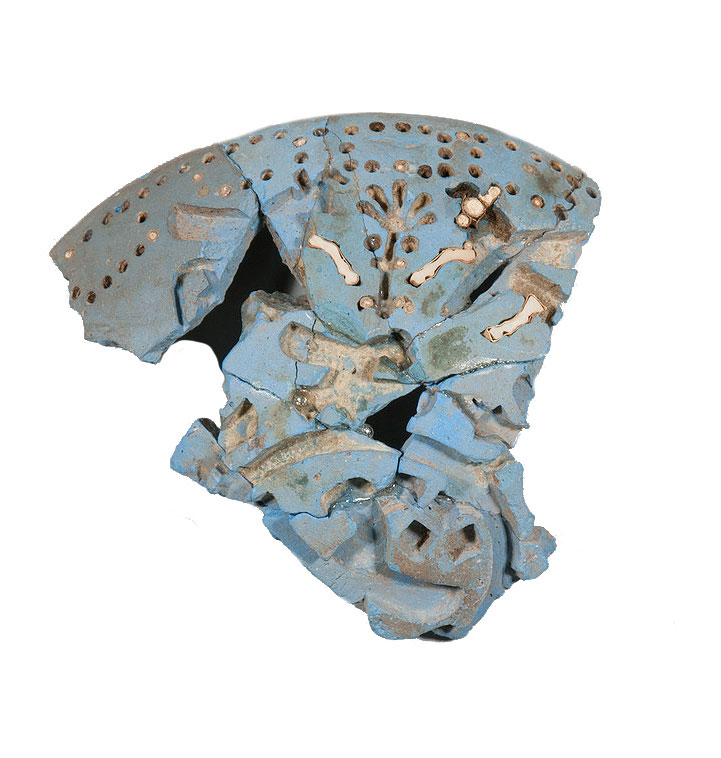
Researchers
- Alexis North
Penn Museum | Principle Investigator - Vanessa Workman
Penn Museum | Principle Investigator - Patrick Degryse
K.U. Leuven | Collaborating researcher, Geochemist - Liora Mael
University of Delaware | Collaborating researcher, analytical chemist - Alessandra Dominguez
Graduate student, Penn AAMW | Graduate assistant
This project is open to student participation, email anorth@upenn.edu and vworkman@sas.upenn.edu for more information.


